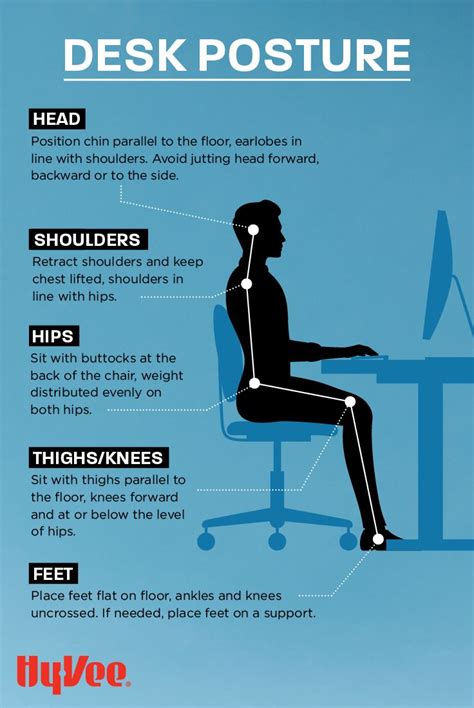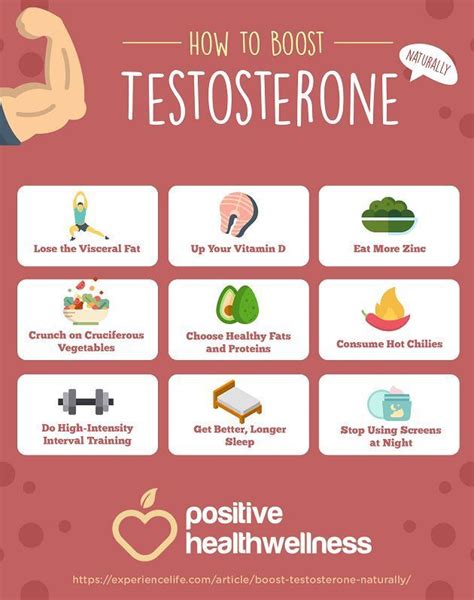Combating the “Desk Slouch”: Your Guide to Better Posture
Spending hours hunched over a keyboard or staring at a screen has become a modern-day epidemic, giving rise to what’s commonly known as the “desk slouch.” This pervasive poor posture contributes to a host of issues, including neck pain, shoulder stiffness, backaches, and even headaches. The good news? You can actively counteract these effects with a few targeted exercises designed to strengthen weakened muscles and stretch tight ones.
Understanding the Problem: The Posture Imbalance
When we sit for prolonged periods, certain muscles become overstretched and weak (like those in your upper back), while others become tight and shortened (like your chest and the front of your neck). This imbalance pulls your body out of alignment, leading to a rounded upper back (kyphosis), forward head posture, and protracted shoulders. Reversing this requires a conscious effort to restore balance.
The Core Principles of Posture Correction
Effective posture correction isn’t just about “sitting up straight”; it’s about addressing muscle imbalances. This involves two main strategies:
- Strengthening: Building strength in your upper back, core, and glutes to support an upright posture.
- Stretching: Lengthening tight muscles in your chest, neck, and hip flexors that pull you into a slouched position.
Top Exercises for Desk Posture Improvement
Here are some of the best exercises you can incorporate into your daily routine to combat poor desk posture. Aim for consistency, performing these multiple times a week, or even breaking them into short sets throughout your workday.
1. Doorway Chest Stretch
This stretch targets the often-tight pectoral muscles, which pull your shoulders forward. By opening up your chest, you allow your shoulders to naturally retract.
- Stand in a doorway with your elbows bent at 90 degrees and forearms resting on the doorframe, slightly above shoulder height.
- Step forward gently with one foot, feeling a stretch across your chest.
- Hold for 20-30 seconds, breathing deeply. Repeat 2-3 times.
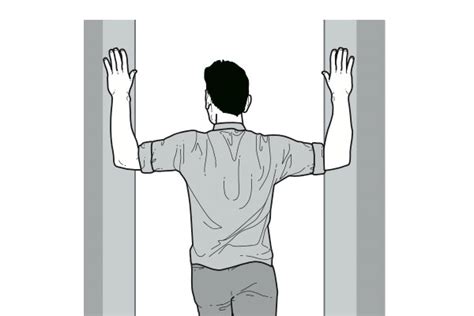
2. Thoracic Extension (Upper Back Mobility)
Improve the flexibility of your upper spine, which often becomes rigid from prolonged sitting. A foam roller is ideal, but you can also use a rolled-up towel or the back of a chair.
- Lie on your back with a foam roller positioned under your upper back (just below your shoulder blades).
- Place your hands behind your head for support, keeping your elbows wide.
- Gently extend your upper back over the roller, allowing your head to drop towards the floor.
- Roll slowly up and down your upper back, pausing at tight spots. Perform 5-10 repetitions.
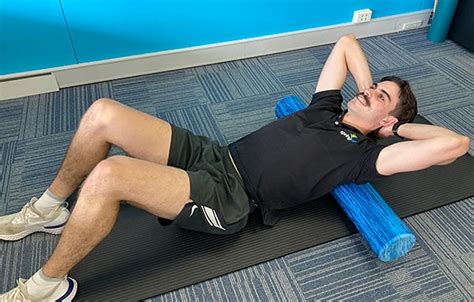
3. Scapular Squeezes / Wall Angels
These exercises strengthen the muscles between your shoulder blades, which are crucial for pulling your shoulders back and down, counteracting rounded shoulders.
- Scapular Squeezes: Sit or stand tall. Imagine holding a pencil between your shoulder blades and squeeze them together, pulling your shoulders down away from your ears. Hold for 3-5 seconds, release. Repeat 10-15 times.
- Wall Angels: Stand with your back against a wall, feet shoulder-width apart, and heels a few inches from the wall. Press your lower back, head, and arms (elbows bent at 90 degrees, forearms against the wall) against the wall. Slowly slide your arms up the wall, keeping everything pressed against it, then slide them back down. Perform 8-12 repetitions.
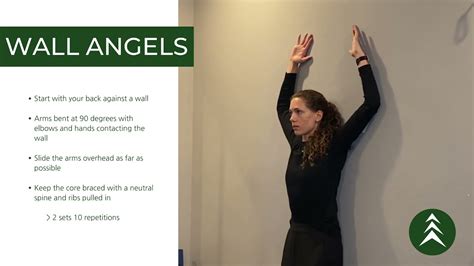
4. Chin Tucks (Neck Retraction)
Essential for correcting forward head posture, which strains your neck and upper back. This strengthens the deep neck flexors.
- Sit or stand tall. Gently pull your chin straight back, as if making a double chin, without tilting your head up or down.
- Feel the stretch at the base of your skull and activation in the front of your neck.
- Hold for 5 seconds. Relax. Repeat 10-15 times.
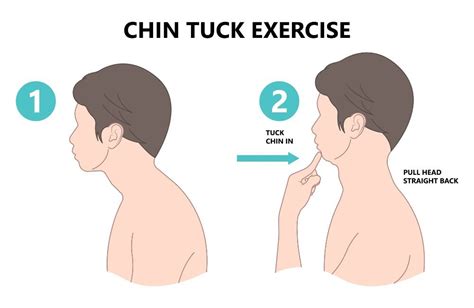
5. Seated Cat-Cow
A gentle way to mobilize your entire spine, promote flexibility, and reduce stiffness, easily done at your desk.
- Sit upright in your chair, feet flat on the floor, hands resting on your knees.
- Cat Pose: Round your spine, drawing your belly button towards your back, letting your head drop.
- Cow Pose: Arch your back, push your chest forward, lift your gaze slightly.
- Flow smoothly between the two poses, coordinating with your breath. Perform 8-12 cycles.
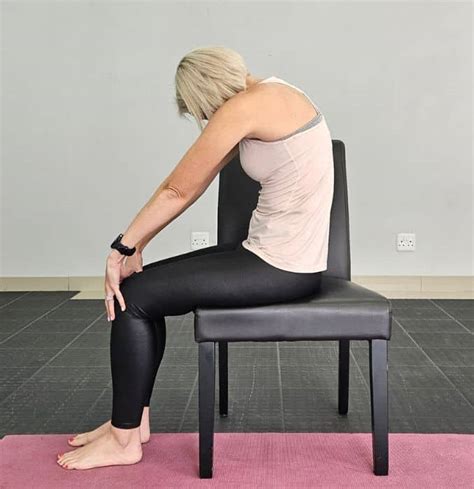
Integrating Posture Habits into Your Day
Beyond exercises, incorporate these daily habits for lasting improvement:
- Ergonomic Setup: Ensure your monitor is at eye level, keyboard and mouse are within easy reach, and your chair supports your lower back.
- Regular Breaks: Stand up, walk around, and stretch every 30-60 minutes.
- Mindful Posture: Periodically check in with your body. Are your shoulders rounded? Is your head forward? Adjust and reset.
Beyond Exercises: A Holistic Approach
Remember that posture is influenced by more than just specific exercises. A strong core, adequate hydration, balanced nutrition, and sufficient sleep all contribute to your body’s ability to maintain optimal alignment and reduce pain. Consistency is key; small, regular efforts yield significant long-term benefits.
Conclusion
While the modern workspace often promotes poor posture, it doesn’t have to define your physical well-being. By consistently integrating these targeted exercises and mindful habits into your routine, you can strengthen your body, alleviate discomfort, and reclaim a healthier, more upright posture. Invest in your body’s alignment, and it will repay you with improved comfort, reduced pain, and enhanced overall health.
